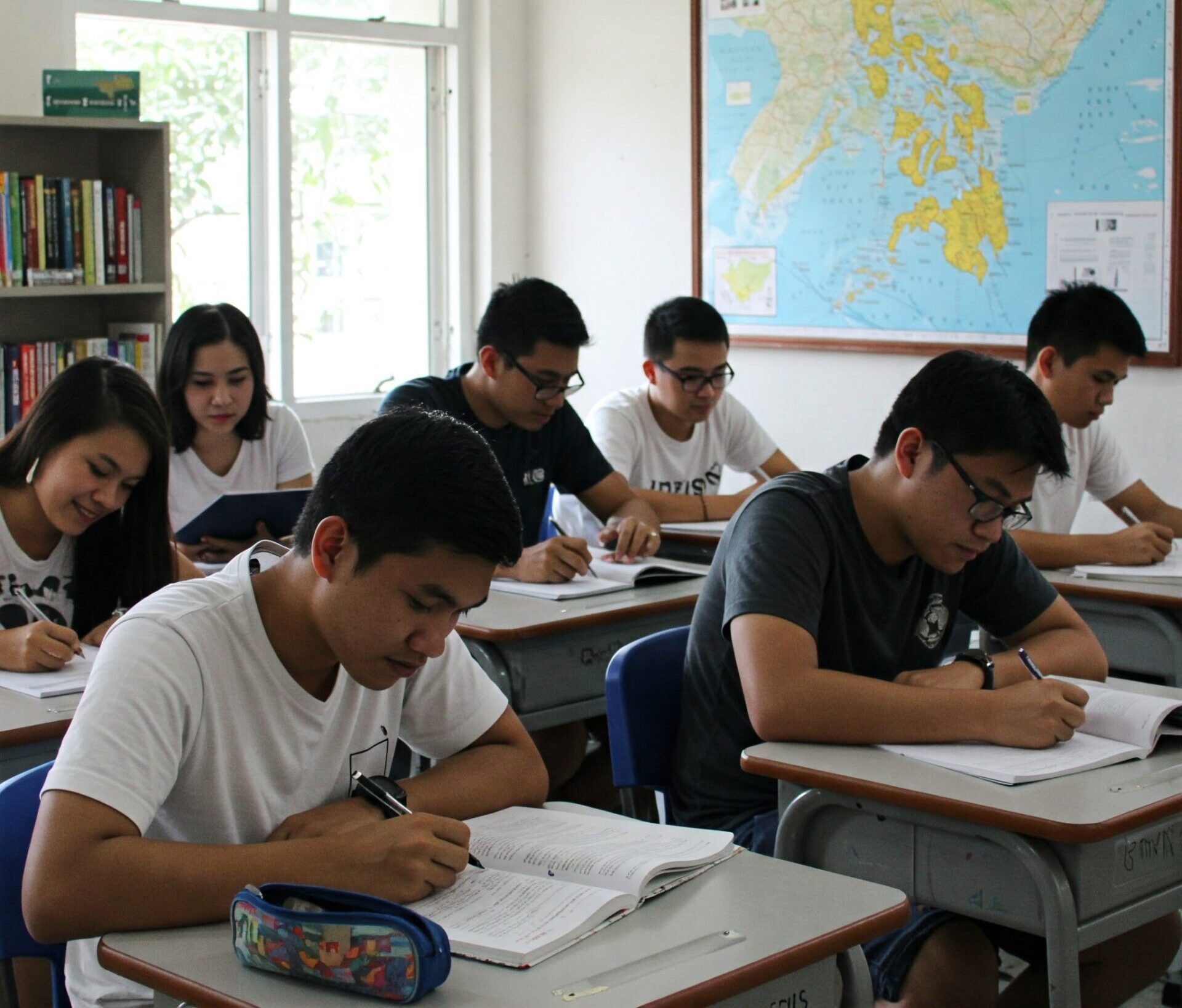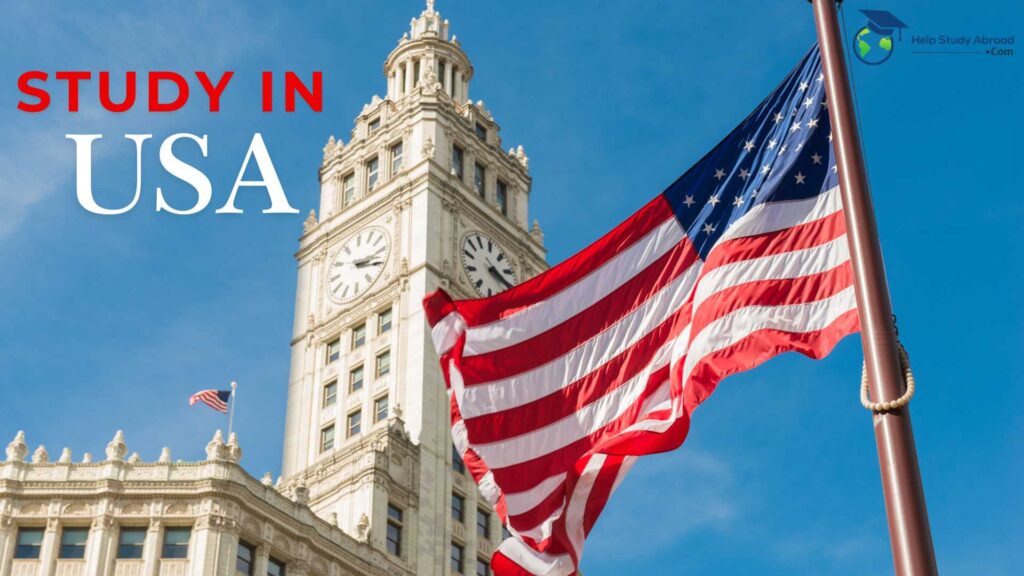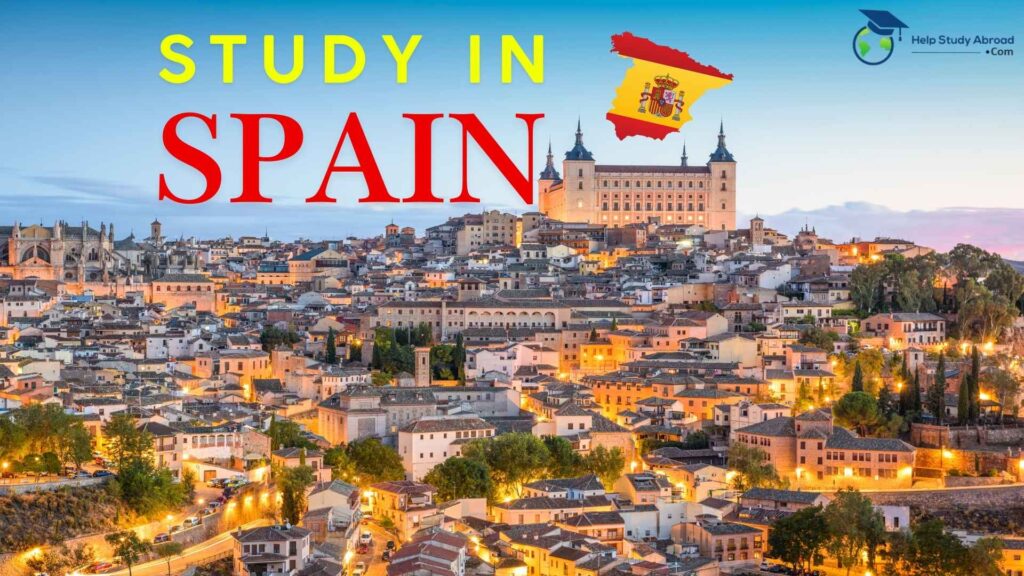Study in Philippines – Top Universities, Admissions, Fees, Living Costs

Ever thought about studying abroad? The Philippines might just be the perfect spot! It’s got a great mix of quality education, a super friendly culture, and won’t break the bank. Seriously, it’s a hidden gem. Let’s explore why you should consider this beautiful country for your studies. From getting your application in to soaking up the local culture, I’ll walk you through everything you need to know!
Why Choose Philippines as Your Study Destination?
The Philippines is becoming a popular choice for students from all over the world. Why? Well, for starters, everyone speaks English! Plus, the culture is incredibly welcoming, which makes settling in a breeze. It’s a chance to get a world-class education while experiencing something totally new. Thinking about other destinations too? Maybe check out what it’s like to study in UAE.
- Unmatched Quality of Education
- Diverse and Multicultural Environment
- Cutting-Edge Research and Innovation
- Job Opportunities and Post-Study Work Permits
- Safe and Inclusive Student Communities
Top Reasons to Study in Philippines
Choosing where to study is a big deal, and the Philippines has a lot to offer. You’ll find top-notch universities, affordable living costs, and a whole lot more. Let’s dive into why it could be the ideal choice for you.
1. Globally Recognized Universities and Programs
Philippine universities are definitely making a name for themselves! More and more programs are getting the thumbs-up from international accreditation bodies, so you know you’re getting a solid education.
2. Affordable Tuition Fees Compared to Other Countries
Okay, let’s talk money. One of the best things about studying in the Philippines is how affordable it is. Tuition fees are way lower than in many Western countries, making it a real option for more people. Speaking of affordable options, have you looked into Top 20 Affordable Universities in Philippines for International Students?
3. Scholarships and Financial Aid Opportunities
Don’t think you can afford it? Think again! There are tons of scholarships out there for international students in the Philippines. Both the government and private groups offer help to students who deserve it. Learn How to Study in the Philippines with Scholarships: A Complete Guide for International Students.
4. Vibrant Student Life and Cultural Experiences
The Philippines is famous for its awesome culture and super friendly locals. You’ll get the chance to dive into local traditions, celebrate at festivals, and try all kinds of amazing food. It’s a total immersion experience!
5. Strong Support for International Students
Worried about being on your own? Don’t be! Philippine universities go all-out to support international students. They’ll help you with everything from visas to finding a place to live and getting the academic support you need. According to a 2023 report, international student numbers are up.
Best Courses to Study in Philippines in 2025
Picking the right course is key. So, here’s a table showing some of the most popular options in the Philippines. I’ve included how long they usually take, how much they cost, and where you might end up working. Thinking about a master’s degree? You might want to check out Your Ultimate Guide to Choosing the Right Masters Courses in Philippines Universities.
| Course Name | Average Duration | Tuition Fees (Per Year) | Top Universities Offering |
|---|---|---|---|
| Medicine | 6 years | $3,000 – $8,000 | University of Santo Tomas, University of the Philippines |
| Nursing | 4 years | $2,000 – $5,000 | Saint Louis University, Cebu Doctors’ University |
| Engineering | 5 years | $2,500 – $6,000 | De La Salle University, Mapúa University |
| Business Administration | 4 years | $2,000 – $5,000 | Ateneo de Manila University, University of Asia and the Pacific |
| Information Technology | 4 years | $2,000 – $5,000 | University of San Carlos, Asia Pacific College |
Top Universities to Study in Philippines (QS Ranking 2025)
Choosing a university is a big decision, right? Below is a table with some of the highest-ranked universities in the Philippines. Take a look at where they are, how they rank globally, and what they’re known for.
| University Name | City/Location | Global Ranking | Popular Courses |
|---|---|---|---|
| University of the Philippines | Quezon City | 400-450 | Medicine, Engineering, Law |
| Ateneo de Manila University | Quezon City | 501-550 | Business Administration, Social Sciences |
| De La Salle University | Manila | 801-1000 | Engineering, Business, Computer Science |
| University of Santo Tomas | Manila | 1001-1200 | Medicine, Pharmacy, Engineering |
| Mapúa University | Manila | 1201+ | Engineering, Architecture, IT |
Admission Requirements to Study in Philippines
Okay, so you’re interested in studying in the Philippines. Great! To get in, you’ll need to meet a few requirements. These include things like your grades, English skills, and showing that you can support yourself financially. Thinking of other options? You can check out the requirements to study in the USA as well.
- Academic Qualifications (12th Grade, Bachelor’s Degree)
- English Proficiency (IELTS/TOEFL Scores)
- Statement of Purpose (SOP) and Letters of Recommendation (LOR)
- Passport and Identification Documents
- Proof of Financial Capacity
Cost of Studying in Philippines
Let’s be real, money matters. It’s super important to know how much things will cost so you can plan ahead. Tuition and living expenses can vary, depending on the university and the city you choose.
| Expense Type | Amount (USD per year) |
|---|---|
| Tuition Fees | 2,000 – 8,000 |
| Accommodation | 1,200 – 3,600 |
| Food | 1,500 – 3,000 |
| Transportation | 300 – 600 |
| Personal Expenses | 600 – 1,200 |
Living Expenses
Here is a more detailed look at what it costs to live in the Philippines. This should give you a better idea of how to budget and manage your money while you’re studying. Check the Complete Guide to Living Cost in Philippines for International Students 2025.
| Expense Type | Monthly Cost (USD) | Annual Cost (USD) |
|---|---|---|
| Accommodation | 100 – 300 | 1,200 – 3,600 |
| Food | 125 – 250 | 1,500 – 3,000 |
| Transportation | 25 – 50 | 300 – 600 |
| Personal Expenses | 50 – 100 | 600 – 1,200 |
Scholarships to Study in Philippines
Worried about the costs? Don’t stress! There are lots of scholarship options to help you out. These can be based on your grades, your financial need, or even programs funded by the government.
- Merit-Based Scholarships: Awarded based on academic achievements and excellence.
- Need-Based Scholarships: Provided to students with demonstrated financial needs.
- Government-Funded Programs: Offered by the Philippine government to promote international education. The Commission on Higher Education (CHED) offers various grants and scholarships CHED Official Website.
- Private and Corporate Scholarships: Sponsored by private companies and foundations.
Student Visa Requirements for Philippines
Alright, let’s talk visas. Getting a student visa is a must for international students. You’ll need to get all your documents in order and meet a few requirements.
You can learn more in Philippines Student Visa for Indian Students: Comprehensive Step-by-Step Guide for 2025.
- Valid Passport and Acceptance Letter
- Proof of Financial Stability
- Medical Examination Certificate
- English Language Proficiency Certificate
- Visa Application Form and Fees
Top Student Cities in Philippines
Where you live can make a huge difference in your experience. So, here’s a quick look at some of the best cities for students.
| City Name | Cost of Living (Monthly USD) | Top Universities | Special Features |
|---|---|---|---|
| Manila | 300 – 600 | De La Salle University, University of Santo Tomas | Historical sites, cultural events |
| Quezon City | 250 – 500 | University of the Philippines, Ateneo de Manila University | Green spaces, vibrant nightlife |
| Cebu City | 200 – 400 | University of San Carlos, Cebu Doctors’ University | Beaches, historical landmarks |
| Davao City | 150 – 350 | Ateneo de Davao University, University of Southeastern Philippines | Safe environment, natural attractions |
Post-Study Work Opportunities in Philippines
What happens after you graduate? Well, you might have a chance to work in the Philippines! You’ll need to know about work permits and which industries are hiring. Looking ahead, consider checking out Post-Study Work Visa in Philippines: Eligibility, Requirements, and Process.
- Work Permits and Eligibility Criteria
- Industries with High Demand for Graduates
- Job Search Tips and Networking Strategies
Suggested Readings
- Your Comprehensive Guide to Studying in United States: Admissions, Costs, and Culture
- Your Comprehensive Guide to Studying in United Kingdom: Admissions, Costs, and Culture
- Your Comprehensive Guide to Studying in Australia: Admissions, Costs, and Culture
- Top 20 Affordable Universities in Philippines for International Students
- Your Ultimate Guide to Choosing the Right Masters Courses in Philippines Universities
FAQs Related to Studying in Philippines
1. What is the average cost of studying in Philippines?
ANSWER: The average cost is around $2,000 to $8,000 a year, not counting what you’ll spend on living expenses. Keep in mind that this is just an average. You can compare that to what it would cost to get your Masters in USA.
2. Are there scholarships for international students in Philippines?
ANSWER: Absolutely! There are tons of scholarships available, based on both merit and financial need. Look into the scholarship options through universities and government programs.
3. Can I work while studying in Philippines?
ANSWER: Yep, with a student visa, you can usually work part-time—up to 20 hours a week. Just make sure you’re following the rules in the Immigration Act of 1940 [Immigration Act of 1940].
4. What are the top courses to pursue in Philippines?
ANSWER: Medicine, Nursing, Engineering, Business, and IT are all super popular. If you’re thinking about a medical or engineering career, the Philippines could be a great choice.
5. How long does it take to get a student visa?
ANSWER: Getting your student visa usually takes about 4-8 weeks. It really depends on the embassy and how quickly you get all your paperwork together. Do your research about the student visa process!
6. Which cities are best for international students in Philippines?
ANSWER: Manila, Quezon City, Cebu City, and Davao City are all great picks. They’ve got good universities and cool vibes. Just remember that living expenses will vary.
7. What are the job prospects after graduation?
ANSWER: The job market is looking good, especially in healthcare, IT, and business. Lots of international grads are finding cool opportunities there.
8. How do I apply to universities in Philippines?
ANSWER: You’ll need to apply directly through each university’s website. Make sure you’ve got all your documents ready, like transcripts and test scores.
9. What documents are needed for admission?
ANSWER: You’ll need your academic transcripts, proof of English skills, a personal statement, and your passport. Don’t forget those!
10. Is health insurance mandatory for international students?
ANSWER: Yep, most universities want you to have health insurance while you’re studying there. It’s a good idea to get that sorted out before you go.
Studying in the Philippines offers an awesome mix of affordable costs, quality education, and a vibrant culture you won’t forget. By getting to grips with the admissions stuff, costs, and visa bits, you’re already setting yourself up for an incredible experience.
Make sure you check out the Top universities in Philippines and the available scholarship options. Want to know another great option? Check out study in Germany, it’s another fantastic option.
Free Study Abroad Counseling – Get Started Now!
Ready to take the plunge and study in the Philippines? I’m here to help make your dream come true. Our expert advisors provide personalized guidance.
We’ll help you navigate the admission process, secure a visa, and find the right scholarships.
- Personalized Guidance from Experts
- Complete Admission Support
- Visa and Documentation Assistance



